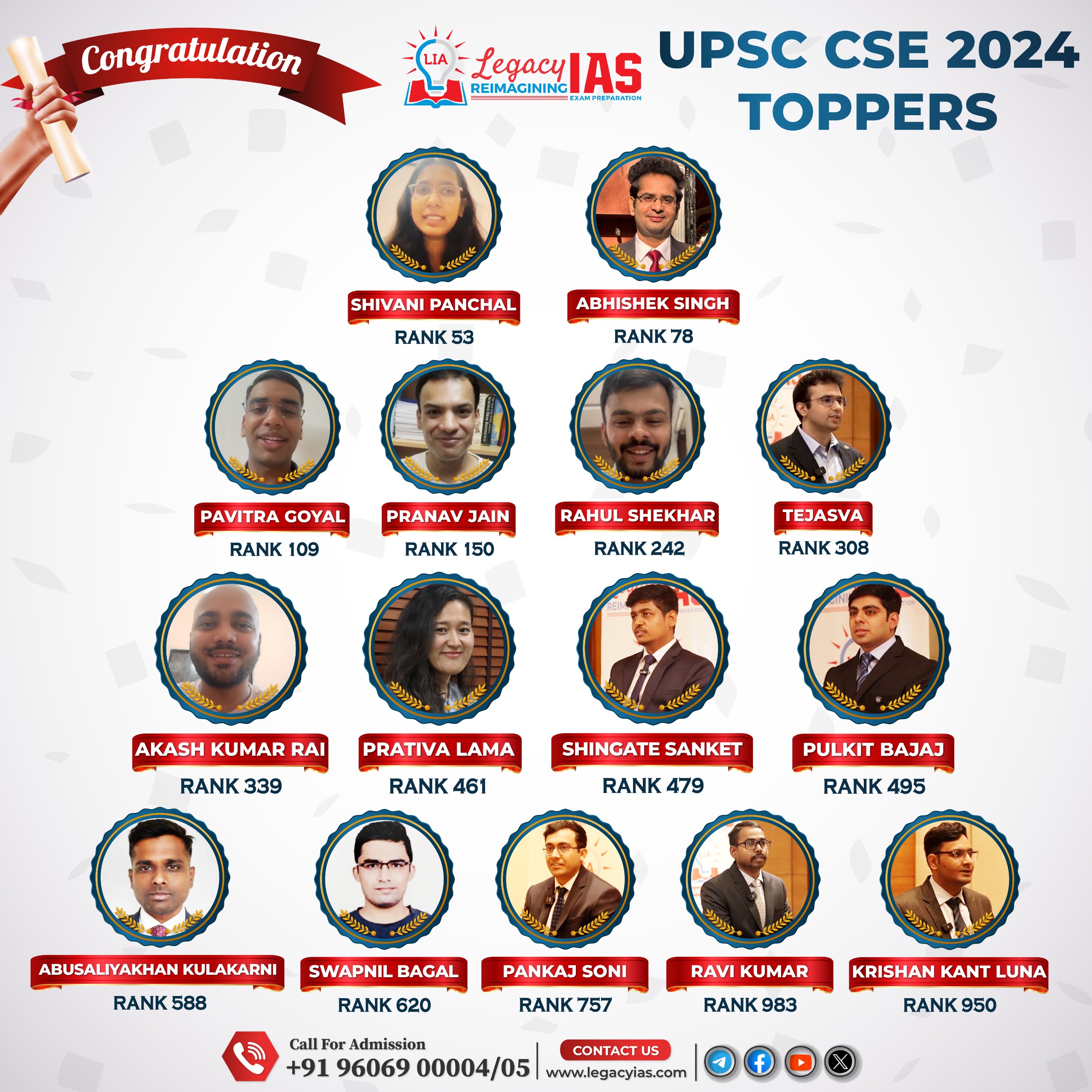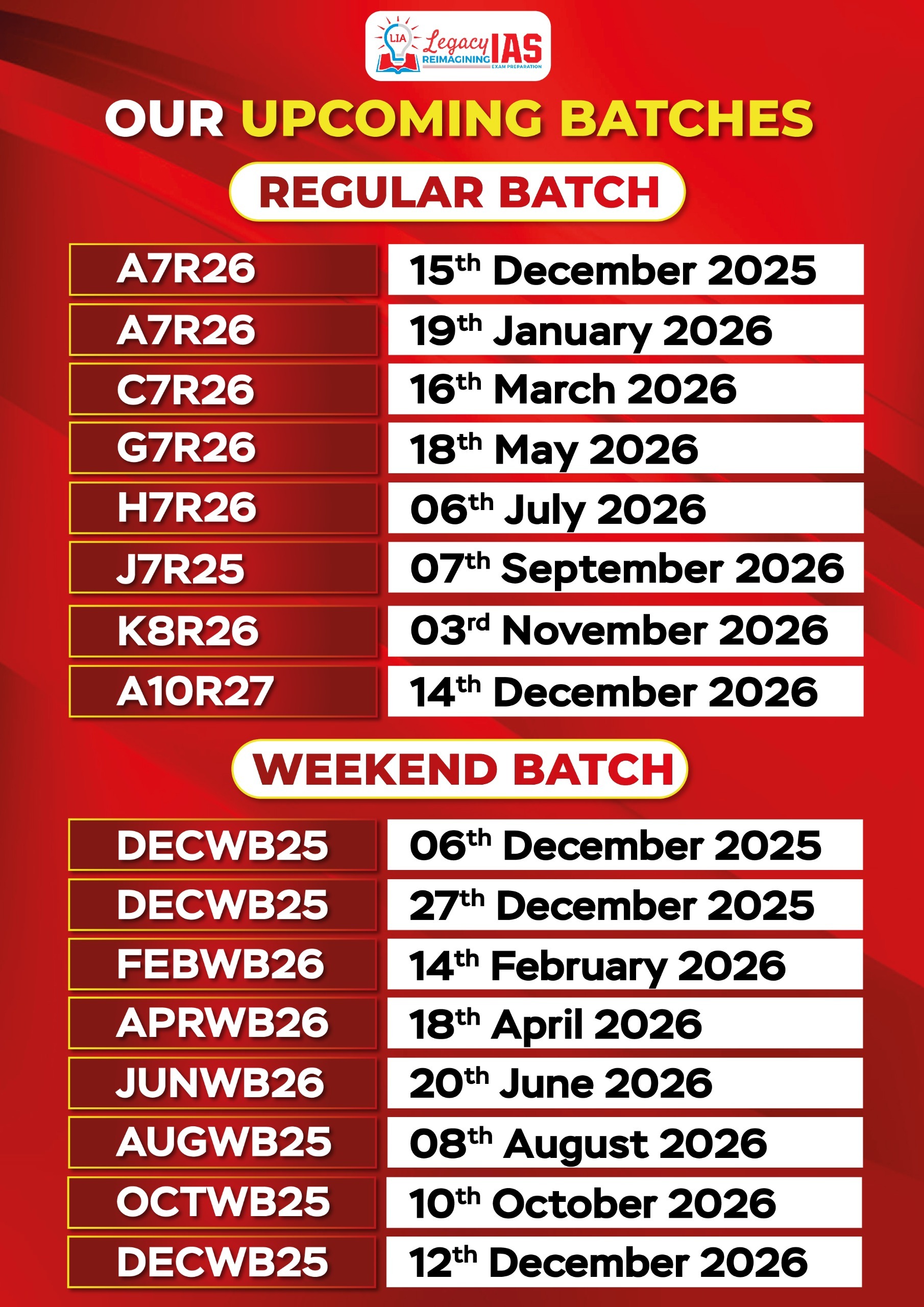Historical Context of Malaria Discovery
- Malaria was initially misunderstood as a result of miasma (foul air).
- Key discoveries:
- 1880: Alphonse Laveran identified the Plasmodium parasite, proving malaria was caused by a living organism.
- 1897: Ronald Ross demonstrated that Anopheles mosquitoes were the vectors, completing the malaria transmission cycle.
- Malaria’s transmission path shaped colonial powers‘ ability to control regions, ironically reinforcing subjugation rather than liberation.
Relevance : GS 2(Health)
The Complexity of Malaria and Its Vaccine Development
- Parasite life cycle:
- The cycle begins with an infected mosquito injecting Plasmodium sporozoites into a human, infecting the liver, multiplying undetected, then re-entering the bloodstream to infect red blood cells (RBCs).
- Some parasites become gametocytes, which mosquitoes ingest, continuing the transmission cycle.
- Unlike simpler viruses, Plasmodium is a protozoan, evolving multiple developmental stages and surface proteins, complicating immune recognition and vaccine design.
Immune Evasion by Plasmodium
- Antigenic variation: Plasmodium frequently alters its surface proteins, evading the immune system, leading to reinfection and weakened long-term immunity.
- Intracellular lifestyle: The parasite hides within liver cells and RBCs, evading immune surveillance, making immunity harder to develop.
- Genetic adaptability: Plasmodium evolves to evade immune responses, making universal vaccines difficult to develop.
Challenges in Malaria Vaccine Development
- RTS, S Vaccine:
- Targets the liver stage of the parasite by inducing immunity against circum-sporozoite protein (CSP).
- Efficacy is 36% after four doses, much lower than vaccines for viral diseases like measles (90-95%).
- Effectiveness varies across age groups and transmission settings and declines over time.
- Requires multiple doses, complicating distribution in resource-poor regions.
- Second-Generation Vaccines:
- R21/Matrix-M: 77% efficacy over 12 months, shows promise in improving immune response.
- PfSPZ: A whole-parasite vaccine targeting the liver stage.
- RH5-based vaccines: Target the blood stage of infection, preventing RBC invasion.
- Transmission-blocking vaccines: Aim to stop mosquitoes from becoming infectious by targeting Pfs25 and Pfs230 proteins.
Underfunding of Malaria Vaccine Research
- Funding challenges:
- Malaria primarily impacts low-income countries, leading to limited funding for research and healthcare infrastructure.
- Although treatments exist, the urgency for a vaccine has decreased, reducing research prioritization.
- Pharmaceutical barriers: The complexity of the parasite and the high cost of research deter large-scale investment from pharmaceutical companies.
Resurgence of Malaria
- Shifting mosquito habitats and drug resistance are contributing to malaria’s resurgence, especially in regions where environmental factors and urbanization alter the landscape.
- A comprehensive strategy for malaria control will require:
- More effective vaccines.
- Enhanced mosquito control methods.
- Improved treatment options to address drug resistance.
Long-Term Outlook
- While malaria elimination is achievable, the path remains challenging.
- The development of a universal, long-lasting vaccine faces hurdles due to the parasite’s adaptability and complexity.
- Combination strategies that integrate vaccines, vector control, and treatments will be key in eradicating malaria globally.



